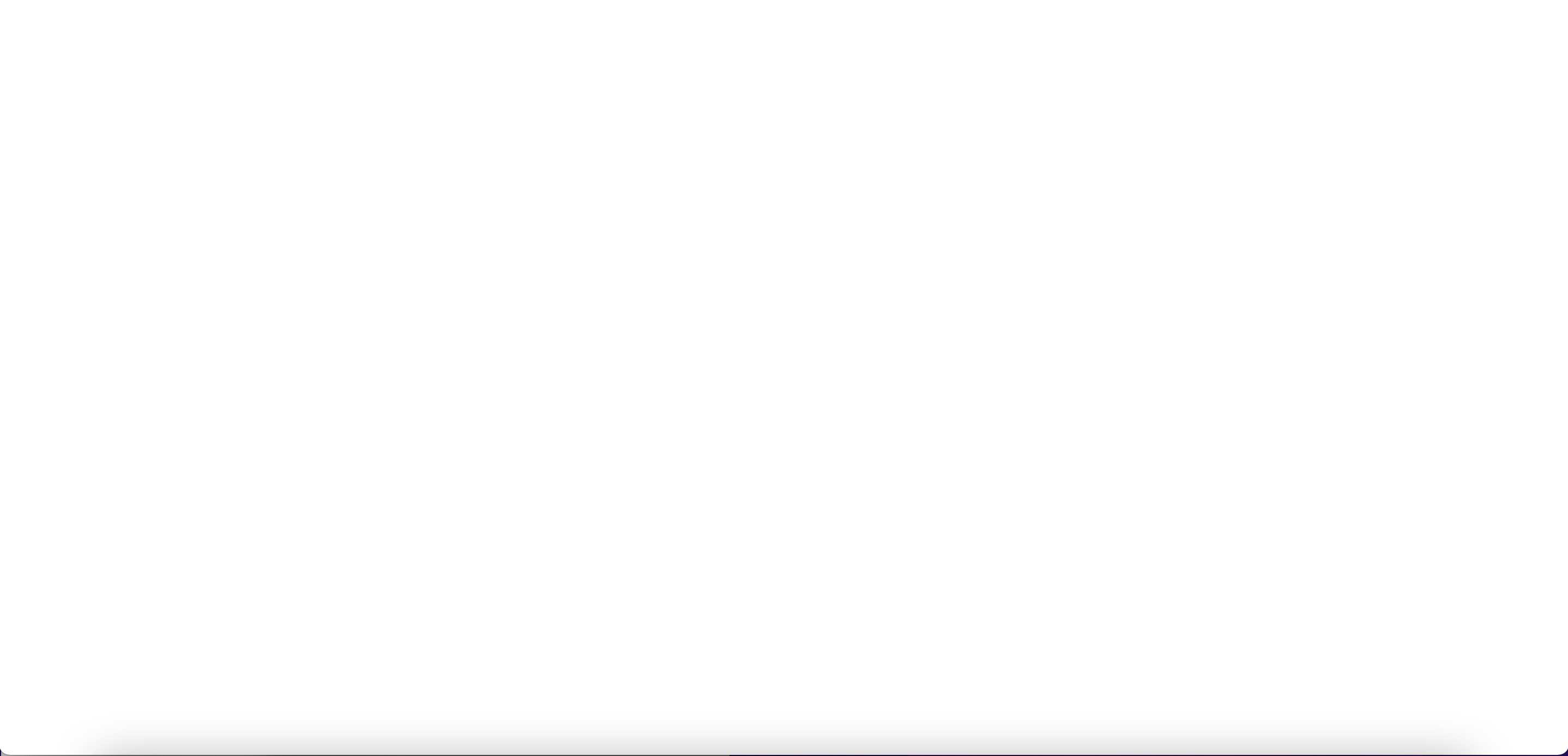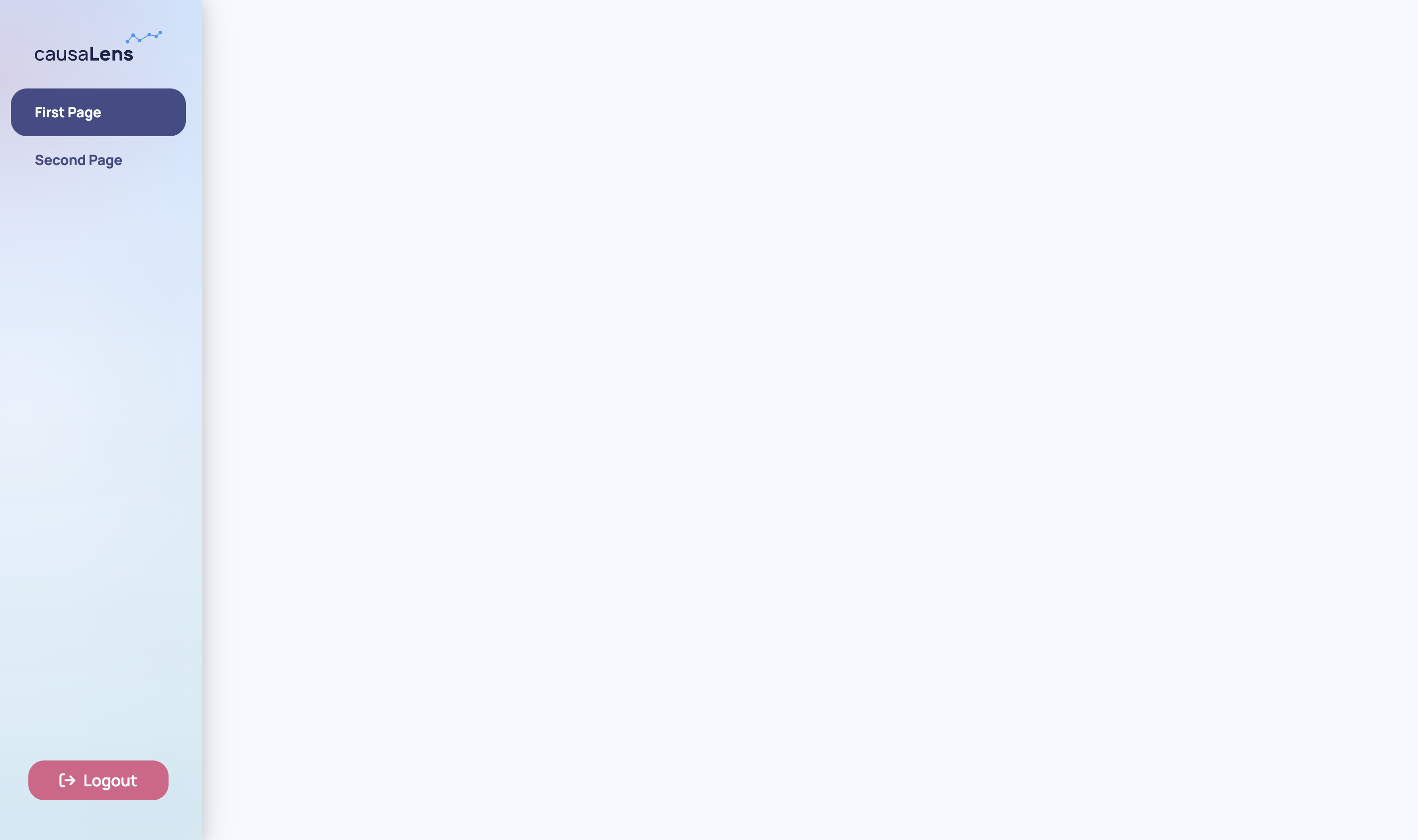Templates
Templates are a core part of the main configuration as they determine the following key aspects of your application:
- The overall layout of your app
- A router according to your app's pages
Default Templates
The framework comes with a few pre-built templates - default, blank, top and top-menu. To use either of them you can set the config.template attribute.
You can take the following application to see what the two frameworks look like.
from dara.core import ConfigurationBuilder
from dara.components import Stack
# Create a configuration builder
config = ConfigurationBuilder()
# Register pages
config.add_page('First Page', Stack())
config.add_page('Second Page', Stack())
Blank
config.template = 'blank'

This template's layout is blank so there is no menu. However, it does configure a router so you can navigate to pages directly with the url. Navigating to the url /second-page will land you on the page labeled 'Second Page'.
Default
config.template = 'default'

This template's layout has a side menu, along with configuring a router. You can click on the menu label 'Second Page' and it wil land you on the page labeled 'Second Page'. Your url will automatically change to /second-page.
If you want to build your own templates, check out Advanced: Custom Templates to learn how. It also goes into more depth about how templates work.
Top layouts
# no menu
config.template = 'top'
# include menu
config.template = 'top-menu'
Those templates are similar to the default template, but the menu is at the top of the page instead of the side. The top-menu template includes a menu, while the top template does not.
Next Steps
Now that you've learned how your layout and router are configured, you will walk through a quick end to end example that covers everything you have learned up until this point.